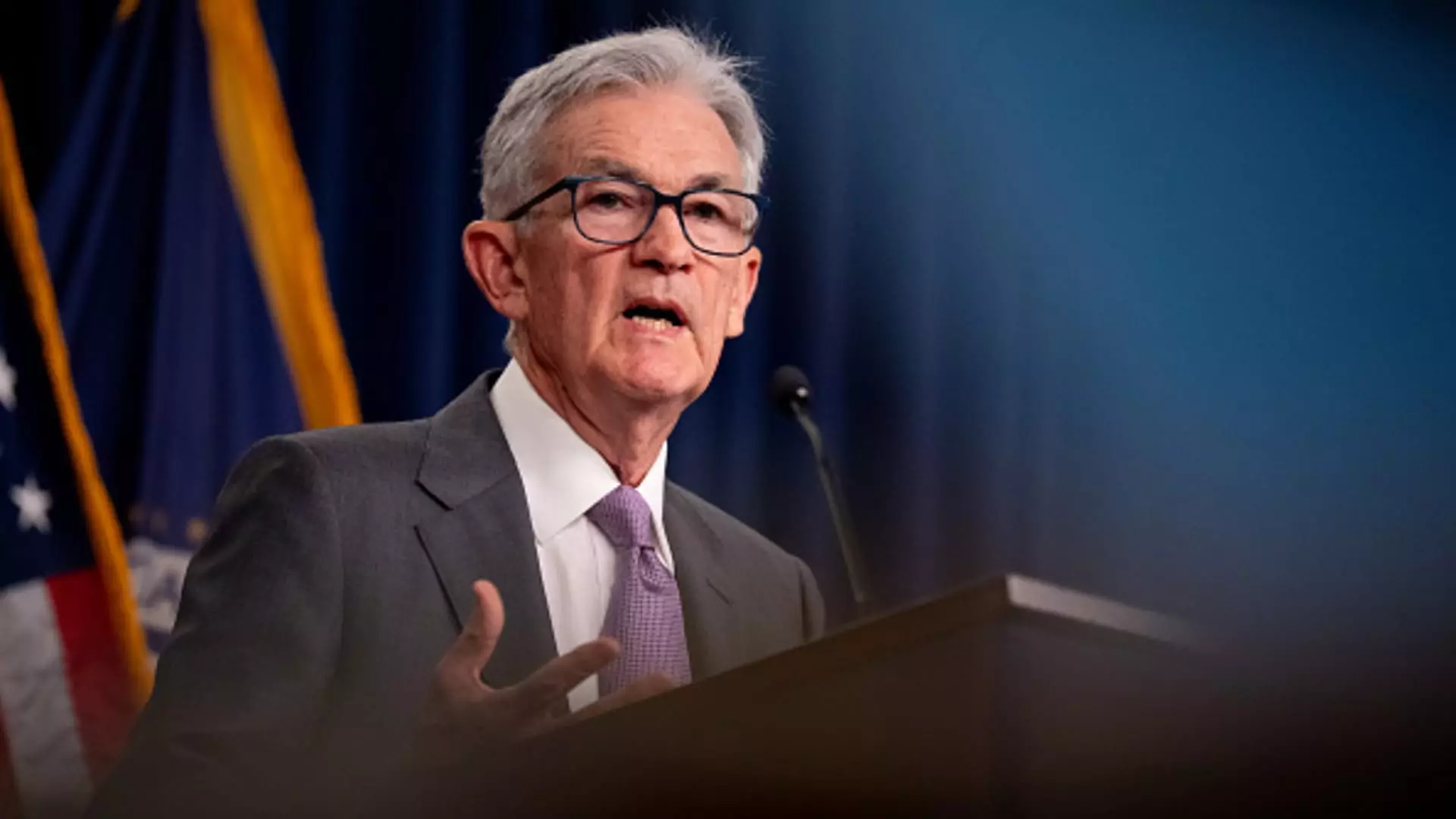The debate surrounding the U.S. Federal Reserve’s upcoming meeting is fueled by differing opinions on the necessity and potential impact of a jumbo 50 basis point rate cut. While some analysts, like Michael Yoshikami, view a larger cut as a positive step towards supporting job growth and preempting a potential economic downturn, others, like economist George Lagarias, express concerns about the urgency and potential negative consequences of such a move.
Advocates for a 50 basis point rate cut argue that such a bold move by the Federal Reserve would show a proactive stance towards addressing economic challenges. Michael Yoshikami believes that a bigger cut would signal the Fed’s readiness to support job growth and alleviate fears of a broader downturn. Additionally, Nobel Prize-winning economist Joseph Stiglitz supports the idea of a half-point interest rate cut, criticizing the Fed for tightening its policy too aggressively in the past.
On the other hand, critics like George Lagarias caution against a jumbo rate cut, highlighting the potential negative implications of sending a message of urgency to the markets and economy. Lagarias believes that a 50 basis point cut could lead to a self-fulfilling prophecy, creating unnecessary panic and instability.
As the Federal Reserve’s meeting approaches, market expectations remain uncertain. While some traders anticipate a 25 basis point rate reduction in September, others are pricing in a larger 50 basis point cut. The recent market sell-off and concerns about a potential economic downturn have added to the ambiguity surrounding the Fed’s decision.
Despite the differing viewpoints on the necessity of a 50 basis point rate cut, analysts like Thanos Papasavvas emphasize the resilience of key economic indicators. Papasavvas points out that manufacturing and unemployment rates are holding steady, indicating that the economy is not on the brink of a recession. This perspective contrasts with concerns raised by other market watchers about the possibility of a downturn.
The debate over a jumbo rate cut from the U.S. Federal Reserve reflects the uncertainty and complexity of current economic conditions. While advocates argue for a bold move to support job growth and preempt a downturn, critics raise concerns about the potential negative impact of such a decision. As policymakers navigate these conflicting perspectives, finding a middle ground that addresses economic challenges without creating unnecessary panic may be the key to maintaining stability and growth.

